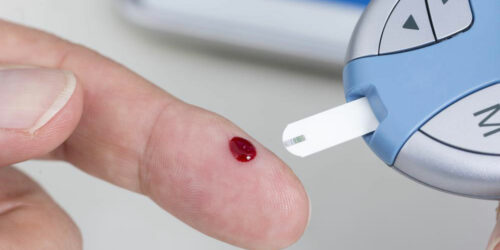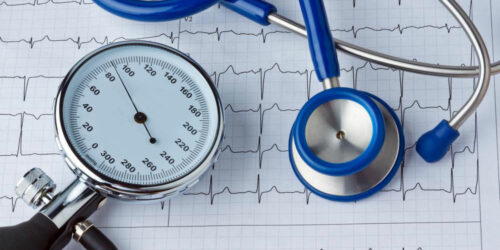
Understanding the of core blood glucose levels and control
What is blood glucose? Blood glucose is the type of sugar that is found in your blood stream. Glucose is the source of energy that helps your body function everyday. So where does the body’s glucose come from? The answer is simple. It comes from the food that you consume.
Read More 



